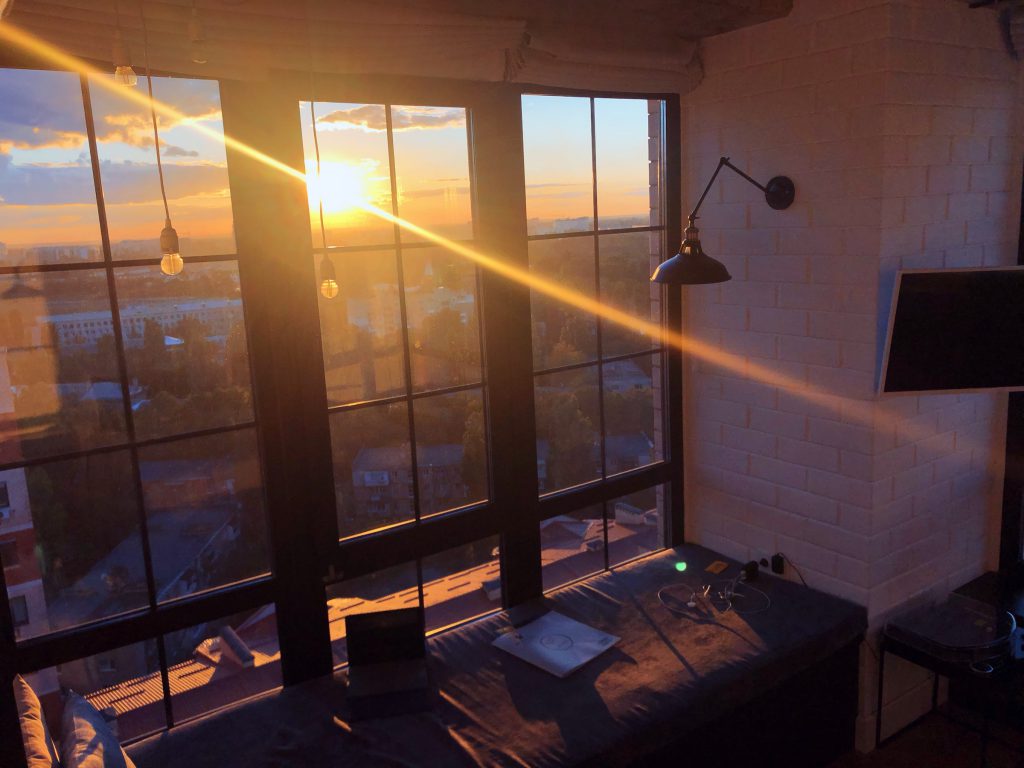As heatwaves become increasingly common, more and more Belgians are turning to solar window films as a way to cool down their homes. These films, also known as heat-reflective films, are applied to windows to block ultraviolet rays, reduce glare, and even offer some privacy. But do they really work? Let’s delve into the details to find out.

How do solar window films work?
The science behind the film
Solar window films are made up of a layer of microparticles of metals or nano-ceramics that act as a thermal shield against solar rays. These films limit the amount of heat entering a room without affecting the transparency of the glass. Most of these films also block up to 99% of harmful ultraviolet rays, making them particularly useful during heatwaves.
Advantages of using solar window films
Temperature control
One of the primary benefits of solar window films is their ability to lower room temperatures by reducing exposure to sunlight. This can be especially helpful during hot summer months, making your living spaces more comfortable.
Protection for interiors
The films not only block heat but also protect your walls and furniture from fading due to UV exposure. This can help maintain the aesthetic appeal of your home’s interior for a longer period.
Energy savings
If you have an air conditioning system, solar window films can help you save on electricity bills. By reducing the indoor heat, these films lessen the workload on your air conditioner, leading to lower energy consumption.
Reduced glare
Solar window films also combat glare, making it easier to see screens and read indoors. This can be particularly beneficial for home offices or entertainment rooms.
Enhanced privacy
Due to their reflective composition, these films offer the added advantage of privacy. You can see outside without being seen, making them a good option for homes close to neighbors or busy streets.
Are there any downsides?
Color tint
One of the drawbacks of solar window films is that they can give your windows a slight color tint, often in shades of blue. This may not be to everyone’s taste and could affect the overall look of your home.
Installation challenges
Applying these films can be technically challenging and usually requires professional help, which is often included in the price. DIY attempts can lead to bubbles or peeling, diminishing the film’s effectiveness and aesthetic appeal.
Reduced winter warmth
If you have large south-facing windows, the films may reduce the amount of heat your home gains from the sun during winter, requiring additional heating.
Implications for the real estate market
Property value
Solar window films can be an attractive feature for potential homebuyers, especially those concerned about energy efficiency and comfort. This could potentially increase the value of your property.
Considerations for developers
For property developers, understanding the growing trend of solar window films can offer insights into market demands. Including pre-installed solar films in new properties could be a selling point for energy-conscious buyers.
Conclusion
Solar window films offer a range of benefits, from temperature control and UV protection to energy savings and enhanced privacy. However, they do come with some drawbacks, such as color tinting and installation challenges. Overall, they are an effective and increasingly popular solution for combating heat and improving home comfort in Belgium.

 Open Immovlan
Open Immovlan